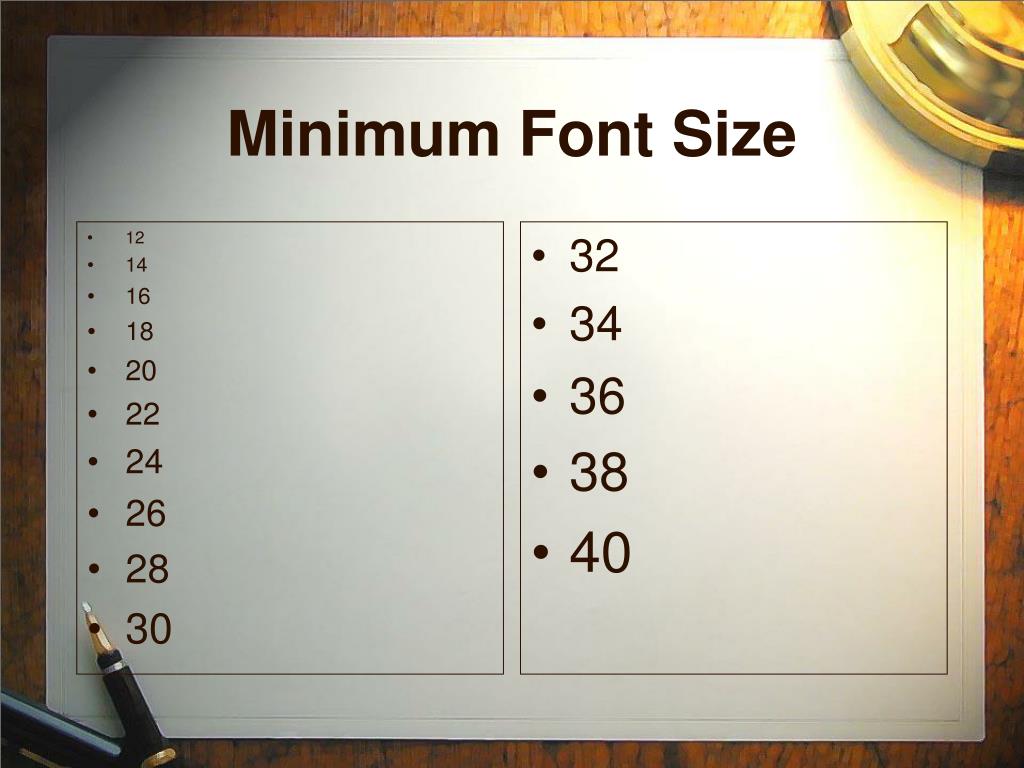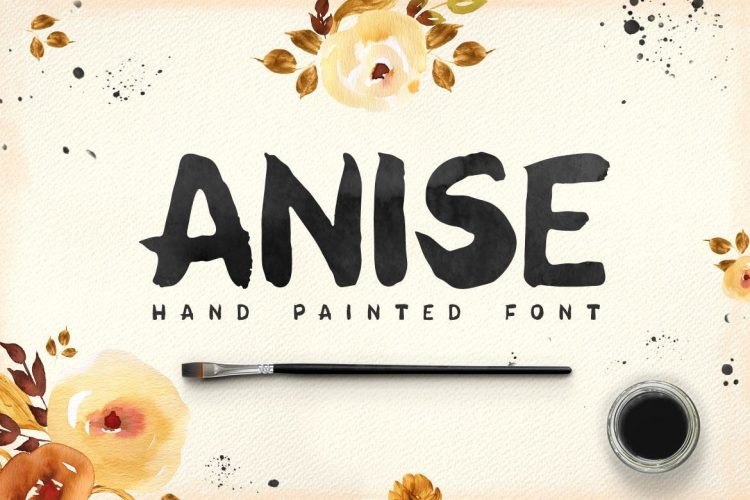

And while the ADA does not explicitly spell out font sizes it deems to be compliant, some accepted standards in web design have emerged in recent years to make sure content is accessible for all. The Americans With Disabilities Act (ADA) prohibits discrimination against those with disabilities, and it imposes certain accessibility requirements on public buildings. It’s generally best not to go below 12px with 16px as a starting point. Return to Table of Contents What font size is ADA compliant? Some good fonts for people with dyslexia are Helvetica, Courier, Arial, Verdana and CMU (Computer Modern Unicode). Research shows that sans serif, monospaced and roman font types increase the reading performance among people with dyslexia, while italic fonts decrease readability. If you don’t have dyslexia-friendly fonts on your website, use traditional sans serif fonts can work.

Note that researchers haven’t found evidence of dyslexia fonts actually making dyslexic people read faster - however, lots of people with dyslexia like the added features of these fonts and find them helpful.

The font is legible, has distinct letters and doesn’t contain unnecessary visual clutter that detracts from comprehension. Certain fonts are hard for many people to read, even if they aren’t dealing with an issue like low vision or dyslexia.Īccessible fonts shouldn’t make content more difficult to read, slow the reader down, make it hard to distinguish one letter from another or include unnecessary visual flourishes that detract from the utility of the font. While the need to make your visual content accessible to all focuses largely around those with disabilities, the truth is that accessible fonts apply to everyone. Are script fonts bad for accessibility?Īccessible fonts are fonts that are easy to see, read and understand for all people.Is serif or sans serif better for accessibility?.START CREATING FOR FREE Click to jump ahead:

So, let’s take a look at accessible fonts and how to pick the right ones for your projects. When accessibility testing, every choice, down to the font you pick, is meaningful. Ergo, I recommend you get a head start with an accessible design tool - where you can try out thousands of professionally designed, fully compliant accessible templates. It’s totally understandable that you might be confused by accessibility guidelines at first. Creating an accessible design means ensuring your content is as consumable as possible for people with blindness, visual impairments, neurodiversity or other issues.


 0 kommentar(er)
0 kommentar(er)
